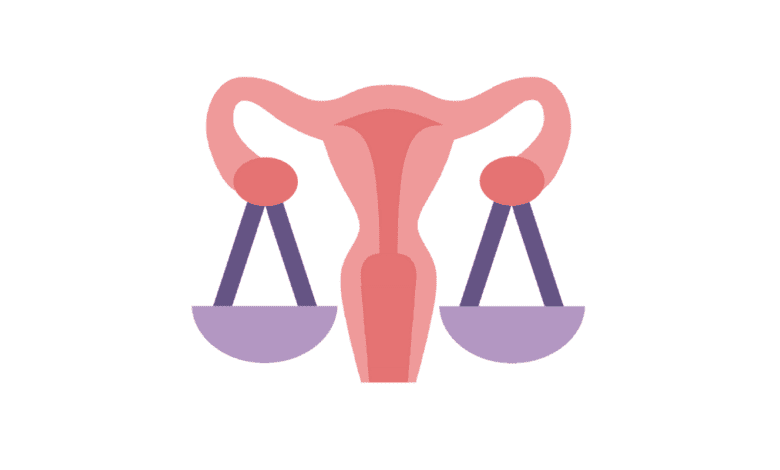A Primer on Reproductive Justice for Pharmacy Professionals – Birth Control Pharmacist

What is reproductive justice?
Reproductive justice is “the human right to maintain personal bodily autonomy, to have children, not have children, and to parent the children we do have in safe and sustainable communities” as defined by SisterSong Women of Color Reproductive Justice Collective [1]. Reproductive justice exists in a trinity of frameworks that also consist of reproductive health and rights.
How does this apply to pharmacy practice?
All health care providers, including pharmacists, take an oath to serve their patients in an ethical and professional manner whenever possible. The concept of reproductive justice is within the scope of this commitment, especially as it pertains to women of color and other marginalized people.
Policymakers, health care providers, and communities can address the intersectionality of oppressive forces (eg, racism, sexism, classism, and ageism) that influence care provided and received. [2]. Barriers to exercising reproductive freedoms and choices hamper family planning and personal health for a long time. If we value reproductive justice and recognize past and present injustices, we can prepare providers to shape a transformed future for reproductive care.
What historical injustices should we be aware of?
In contrast to reproductive justice, reproductive oppression is the control and manipulation of people through their bodies, sexuality, labor, and reproduction, according to Forward Together [3]. The goals of reproductive justice become clear when the injustices of the past are studied and recognized as reproductive oppression. They are obvious by today’s standards, but they also remind us of a time when such works were considered appropriate.
Just a few examples of historical injustices:
- Rape and forced breeding of black slaves (1700s-1800s) [4]
- Sterilization of “hereditary disease” in Nazi Germany (1934-1945) [5]
- Experimentation with low-income, incarcerated, and/or women of color for birth control research without consent (mid-1900s) [6]
- Sterilization of Native Americans (1960s-1970s) [7]
- China’s one-child policy (1979-2015) [8]
Do reproductive injustices still occur today?
Although not as severe, reproductive injustices still exist and hide in plain sight, including [9]:
- Promotion of abstinence
- Proliferation of social “taboos” such as teenage and premarital pregnancy
- Denial of service (denial of OTC emergency sales of contraception or prescription drugs)
- Low access and availability of services to immigrants
- Provides access to reproductive and contraceptive resources but limits their possible attainability through scarcity, geographical distance, and cost (lack of insurance)
- Long-acting reversible contraception (eg implants and IUDs) as a first-line birth control method
- The Hyde Amendment, which restricts the use of federal funds for abortions
- Targeted Regulation of Abortion Provider (“TRAP”) laws, which close abortion clinics and effectively reduce access to abortion services
What can pharmacy professionals do?
The changes needed to achieve reproductive justice are easier said than done but not impossible. Widespread change depends on political decisions made at the state and federal levels, but each health care provider can do their part to enact progress in their workplaces. Setting aside personal beliefs in favor of the patients’ best interests is key. Pharmacists in a quarter of US states prescribe birth control with other states following [10].
Pharmacists can adopt practices consistent with reproductive justice as follows:
- Be aware of personal biases. It’s normal to have them, but recognition is key to avoiding acting on them. Imagine serving a patient who has a different racial or socioeconomic background from you. How will your care and behavior (if at all) differ?
- Do your research. Don’t fall prey to industry claims and monetary influences. For example, in contraception consider all methods equally at the beginning and narrow down the options throughout the course of interviewing and assessing the patient.
- Share decision making. Don’t assume that your patient has the same values as you when making health care decisions. For example, in contraception we cannot assume that effectiveness is the most important factor for patients. There are many other values and preferences that influence their choices, such as side effects, frequency of use, return to fertility, invasiveness/discomfort, and confidentiality. In one study, 28% of black women reported feeling pressured to use a method they did not want. [11]. Pharmacists should educate patients on all the different options available to them and give people the freedom to make their own decisions; this will improve patient satisfaction and outcomes. Always remember their values, goals, and lifestyle.
Remember that what we now view as outrageous was once normal, and always try to think years ahead of the present in order to lead and be better prepared for the inevitable change.
Sources
- “Reproductive Justice.” Sister Song, www.sistersong.net/reproductive-justice.
- McIntosh, J. “Reproductive Justice: A Practice Framework.” ACSAP 2018 Book 2: Care of Women and MenACCP, May 2018, 171–89.
- Forward Together, forwardtogether.org/. Accessed 29 August 2020.
- Foster, Thomas A. “The Sexual Abuse of Black Men under American Slavery.” Journal of the History of Sexuality 2011;20(3):445–64.
- “German Law Allows Sterilization for Prevention of Hereditary Diseases.” United States Holocaust Memorial Museum, newspapers.ushmm.org/events/german-law-authori- zes-sterilization-for-prevention-of-hereditary-diseases.
- Blakemore, Erin. “First Birth Control Pill Uses Puerto Rican Women as Guinea Pigs.” History.comA&E Television Networks, 9 May 2018, www.history.com/news/ birth-control-pill- history-puerto-rico-enovid.
- Blakemore, Erin. “The Little-Known History of the Forced Sterilization of Native American Women.” JSTOR Daily25 August 2016, daily.jstor.org/the-little-known- history-of-the-forced-sterilization-of-native-american-women/.
- Connett, Wendy. “Understanding China’s Former One-Child Policy.” Investopedia28 August 2020, www.investopedia.com/articles/investing/120114/understanding-chinas-one-child-policy.asp.
- McDonald-Mosley, Raegan, MD, MPH, FACOG. “Reproductive Justice and Patient-Centered Care.” Maryland Department of Health Reproductive Health Roundtable Virtual Series. 2 July 2020.
- “Pharmaceutical Prescribing of Hormonal Contraception.” Birth Control Pharmacisthttps://birthcontrolpharmacist.com/policies/.
- Thorburn S, Bogart LM. African American women’s services and family planning: perspectives on discrimination. Women’s Health. 2005;42(1):23-39.
About the Author
Gayane Kechechyan, The PharmD Candidate is a pharmacy student in the Class of 2023 at the University of California San Diego Skaggs School of Pharmacy and Pharmaceutical Sciences. Gayane completed a summer internship with the Birth Control Pharmacist.






